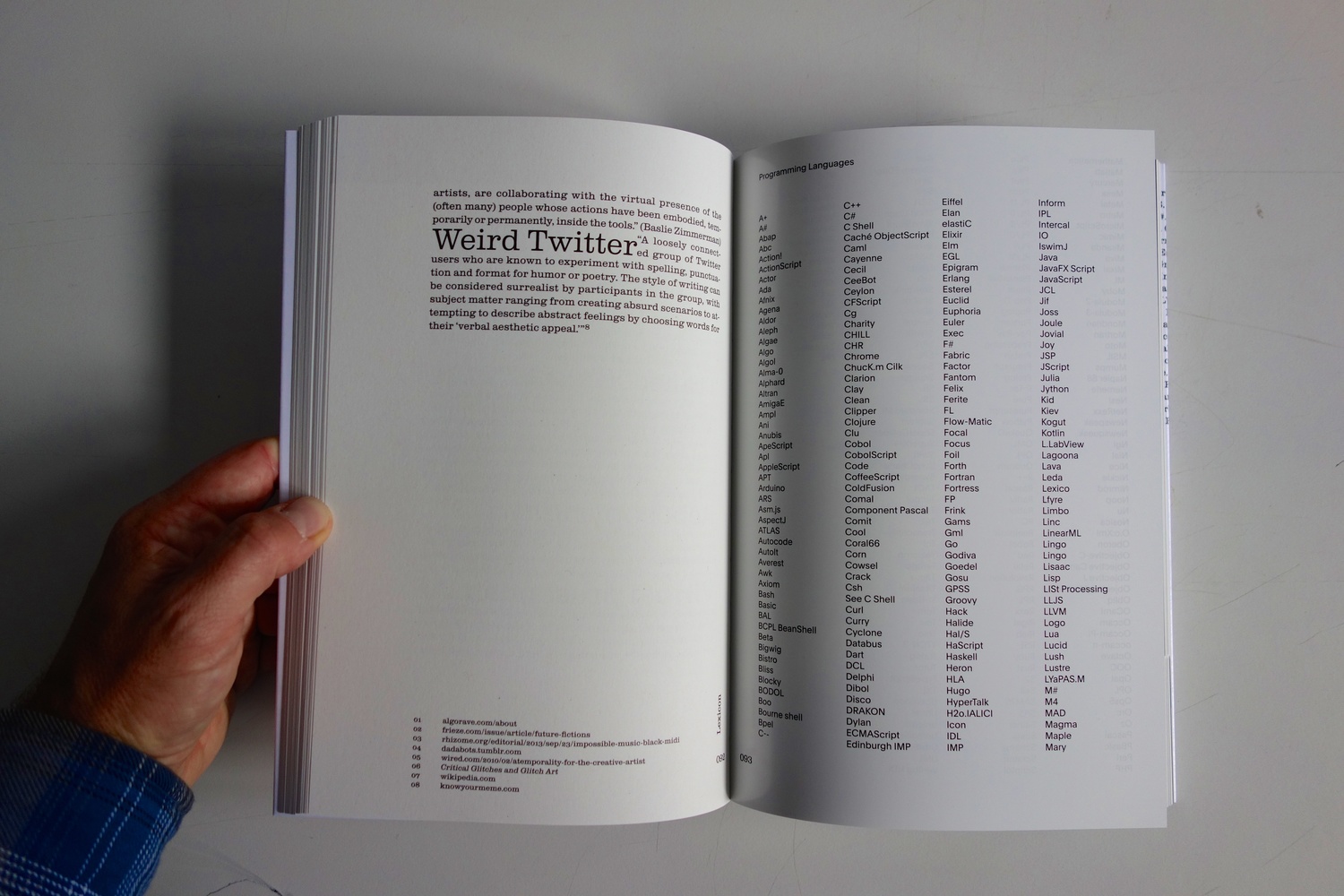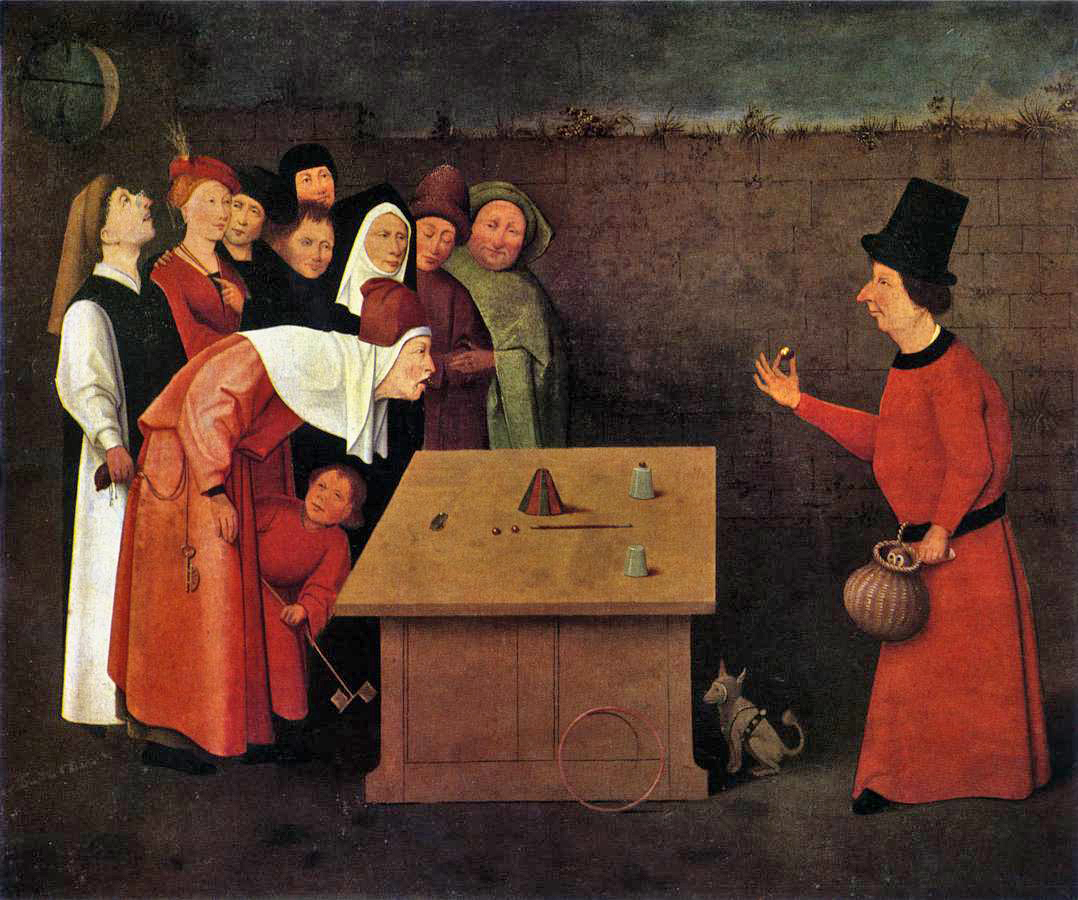Its a question posed by Jaques Rancière in his essay by the same title, and its a question which many others have been debating recently. The question has been asked of me as well, although in a different form, I think, and I am not sure that there is an answer. But in considering the image of our new information environments I have returned to Alexander Galloway's book The interface effect and more specifically chapter 3 where he takes on the very same question. He opens up the chapter with a PowerPoint slide presented at a meeting of military and government officials and asks us to consider what might it be trying to represent? or "what exactly the slide is meant to communicate"?
"Engaging with McChrystal's image is difficult at first glance. But what would happen if one were to talk about this image in strictly aesthetic terms, as if one were talking about a painting? Would it be possible to view this peculiar brand of visual representation as a work of aesthetics? What would be the result? A painting of military life? An image of a network? Or even an interface into the society of control, to borrow a term from Gilles Deleuze? Regarding the image in this way is indeed challenging. Even at a purely aesthetic level it is not clear what precisely the image is trying to represent. Is it trying to represent data, an algorithm, a diagram, a system, a network? These terms all seem to connect to each other, yet they mean very different things. Data would be represented very differently from an algorithm, would it not? Yet it would be safe to say that all these terms fall, more or less, under the umbrella of information. Taken in that light, can this image reveal anything interesting about the nature of information aesthetics? Can it tell us anything about the relationship between transparency and concealment? Between representability and unrepresentability?"
Although this chapter relates more to the representation of violence within images and the ethical obligation we have to engage with such images he does present us with a hypothetical possibility that:
"new media demonstrate, then, that the augmentation of functional or algorithmic efficiency goes hand in hand with a decline in symbolic efficiency. Hence the following law: an increase in aesthetic information produces a decline in information aesthetics."
He goes on to reference the work of Rancière and describes the French philosophers approach to representation as one which Rancière himself described as "being redistributed into different arrangements" through our senses and that through this positioning different "regimes" of art emerge, or what he called "a distribution of the sensible". Galloway goes on to describe Rancière's thinking by summing up his approach as one where:
[...] The hallmark of the aesthetic regime is a breakdown between subjects and art: "There are no longer rules of appropriateness between a particular subject and a particular form, but a general availability of all subjects for any artistic form whatsoever." Thus the aesthetic regime shares much with the profanation or secularization of culture that takes place particularly during the modern period, sometimes called simply the nihilism of modernity. But the regime is not incompatible with postmodernism and the so-called "end of master narratives," which itself pronounces a grand leveling of all value into one transcultural soup. On this point, then, Ranciere quite correctly points out that the opposite of representation is not non-figuration, which is to say not modernism. Instead he suggests that one might look to realism for the most non-representational form, for in realism everything is leveled and equally representable, and "this 'equally representable' spells the ruin of the representative system.
In the rest of the chapter Galloway goes on to expand on these relationships citing works by Harun Farocki, Frank Gehry, Sol LeWitt and others. He suggests that "we do not yet have a critical or poetic language in which to represent the control society" and that "representation always has a relationship with the mode of production." The control he is talking about, I think, is one that is manufactured by a machine, an algorithm, or a set of data points, and that what is required is a "re-mapping of the very terms of representability" so that these "terms (representation/production) return to [...] the social-political realities that produced them in the first place". I'm not sure Galloway answers the question "are some things unrepresentable" and he leaves things, as he puts its "stuck in the gorge of the world". But what he does propose, albeit briefly, is that possibly the aesthetic is found in the failure to be defined by any sort of aesthetic and that "beauty' might be found in the "corruption of function" where "the impetus comes from the fundamentally poststructuralist nature of the information age in which no formal data are immune from their own corruption from within [...]".
Gehry and these other artists merely feign to break the machine, all the while restaging it as broken beauty. While tarrying with the algorithmic, each ultimately sacrifices the algorithmic in favor of the aesthetic. None of these artists is creating new data types, new "if-then" statements, new network diagrams, new syllogisms, or new mathematical functions for their own sake. The artists may experiment with systematicity or functionalism, as many conceptual artists have done, but always ultimately to revert such machinic realities to the staid structures of fine art. They turn the machine into art, but never art into machine - and when at rare moments the latter does come to fruition, it does so only under the sad and cynical banner of "the art factory," be it that of Andy Warhol a generation ago or Jeff Koons today.
Galloway, A. (2012). The interface effect. Cambridge, England: Polity Press.
PDF version of : The interface effect - A. Galloway - chapter 3









 [image] Hema Upadhyay, “Modernization” (photo by Anil Rane, image courtesy Chemould Prescott Road and the artist)
[image] Hema Upadhyay, “Modernization” (photo by Anil Rane, image courtesy Chemould Prescott Road and the artist)

 [image] Andreas Nicolas Fischer, Schwarm (2015)
[image] Andreas Nicolas Fischer, Schwarm (2015)












